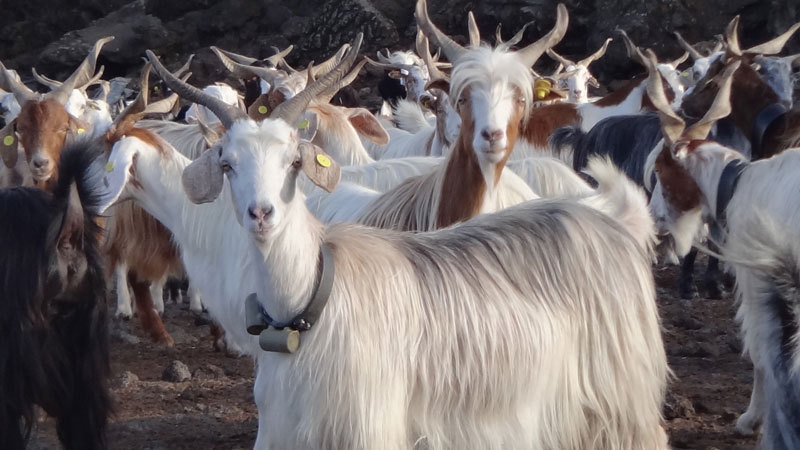Signalling Early Disaster Warning : ICARUS Initative (International Cooperation for Aninal Research)
"Wow, it really looks as though something is there. The animals predicted the major volcanic eruptions during these two years between four to six hours before."
"At night, the animals woke up and nervously walked around, and in daytime, they moved to a safe area."
"If it's just one animal alone from one farm, we wouldn't be able to see a signal. But if you take it all together, the synergies, the synthesis of these sensing systems, that's really what seems to give the signal."
Martin Wikeiski, director, Max Planck Institute for Ornithology, Radolfzell, Germany

There are networks of interconnected measurement stations located on the ocean floor, in remote dry land areas, computer-monitored constantly by technicians skilled in interpreting data who then immediately alert others up the chain of command that a reaction is required to safeguard lives. Farmers, and those living in close proximity to animals of all kinds have observed over the ages that another early warning alert system exists, and that it is expressed by alerted and consequently nervous-to-consequences animals.
Professor Wikelski, in the wake of a series of earthquakes striking Italy last year, arrived there with the express purpose of observing and studying whether animals really are capable of anticipating natural disasters through a medium of awareness not shared by humans. Their sensitivity to signals they pick up that inform them that untoward occurrences are on the cusp of threatening the stability of the earth causes them deep concern, and that concern has been transmitted to human recognition for thousands of years.
This scientist and his colleague proceeded to tag animals on a farm in the Marches region of central Italy for the purpose of monitoring their behaviour expecting that if they did exhibit behavioral changes consitently prefacing an earthquake, another reliable phenomena based on animal sensitivities could be used as an early warning system, the consequence of which could be saved lives. In other words, this scientist set out to prove to his own satisfaction what people living close to animals have themselves experienced uncountable times in the past.
A series of earthquakes, starting in August and followed by additional heavy tremblors in the months that followed were accompanied by thousands of aftershocks, burdening Italy with an estimated $26-billion in damage, where thousands of people became homeless and over 300 died. The conclusion of Dr. Wikelski's experiment became evident when the data crunched by computer software verified that animals moved in a consistent manner prior to the series of quakes.
Mr. Wikelski and research project manager Uschi Muller came across the Angeli farm in Pieve Torina. The farm operated a retail outlet, selling cheese they produce from sheep and cows. When the researchers viewed the shop at the farm they realized that "Everything was broken. You could see their livelihood was gone." The family permitted Dr. Wikelski to tag their farm animals; a rabbit, sheep, cows, turkeys, chickens and dogs, using small, sophisticated solar-powered sensors.
 |
As the acceleration data show –
here using a goat as an example – the animals suddenly become very
active before such an event (arrow in the graphic on the left). A
comparison of the activity levels over the course of several nights
(bottom curves in the graphic on the right) for all goats wearing
transmitters shows a rapid increase in the night before a major eruption
(dark blue curve).© MPI f. Ornithology
|
The expectation of a conclusion coming out of the collected data was that once it is compared with the data from the area collected by means of mechanical technology, distinctive behavior in the animals before, during and following an earthquake will be realized, that the animals' reactive behaviour in hours leading up to an earthquake might be taken into account for its usefulness as an early warning system, giving people time and opportunity before disaster struck, to evacuate.
 |
| Animals can sense natural disasters: Goats on Mount Etna in Sicily, for example, become anxious before major eruptions. Their movement profiles may provide warning of imminent eruptions in future. |
Labels: Bioscience, Italy, Natural Disasters, Research

0 Comments:
Post a Comment
<< Home